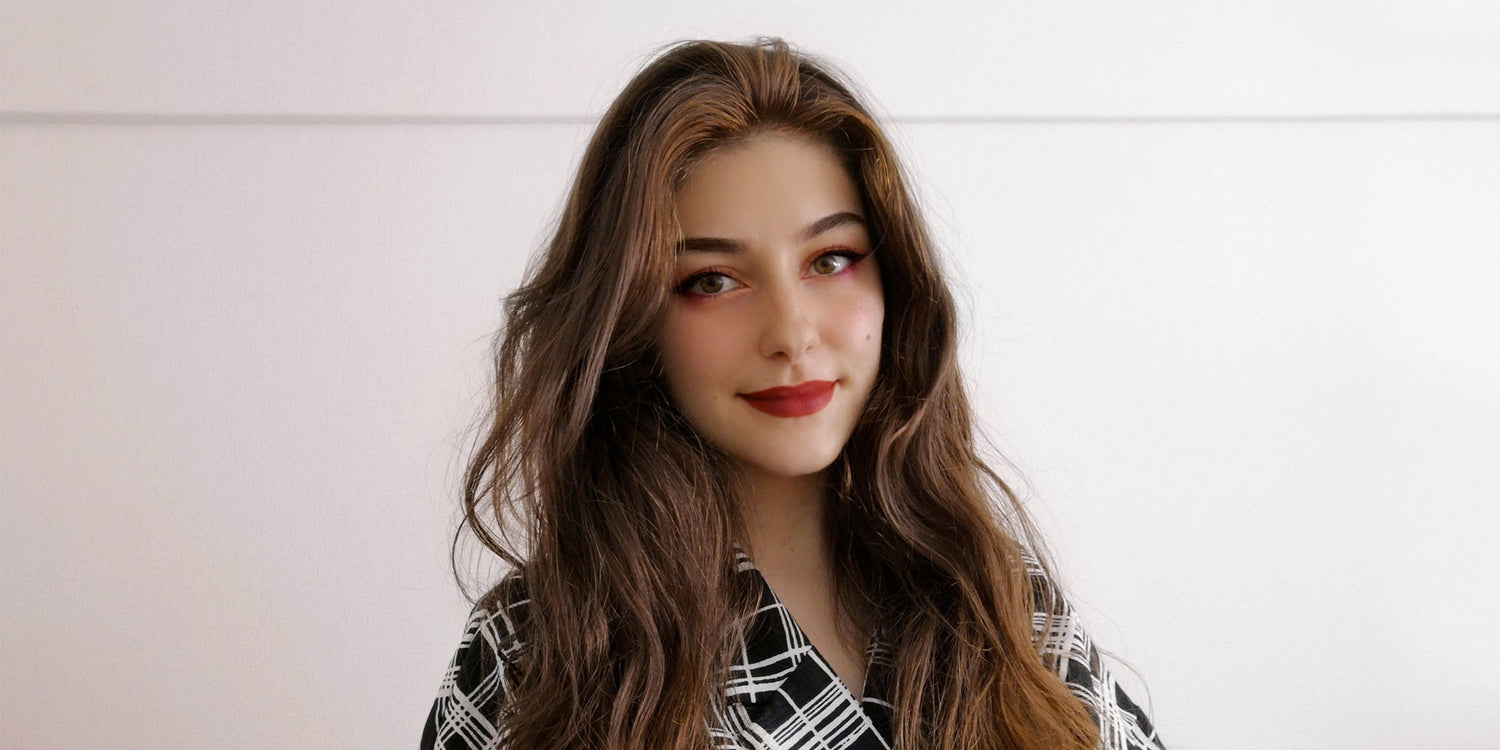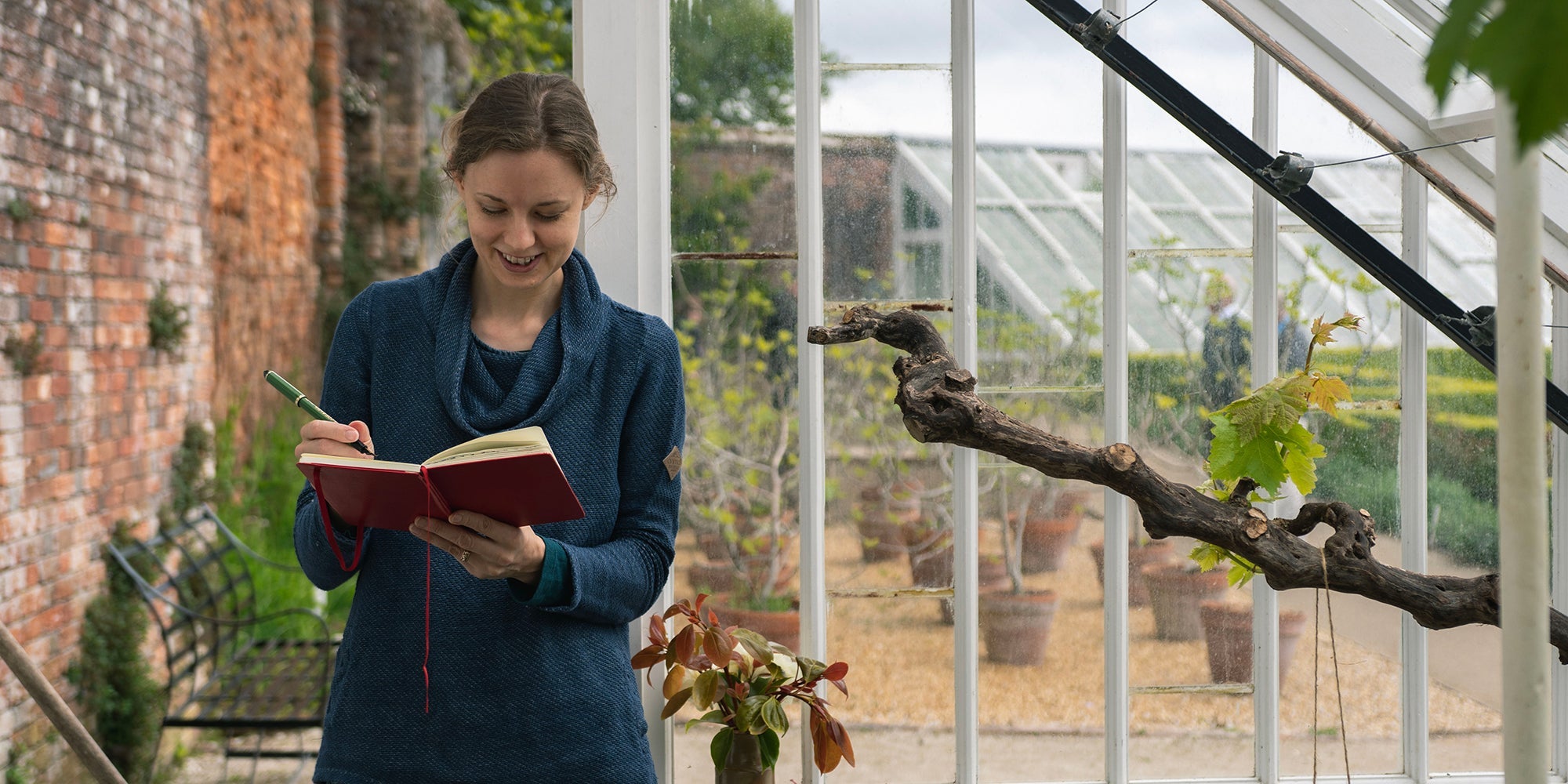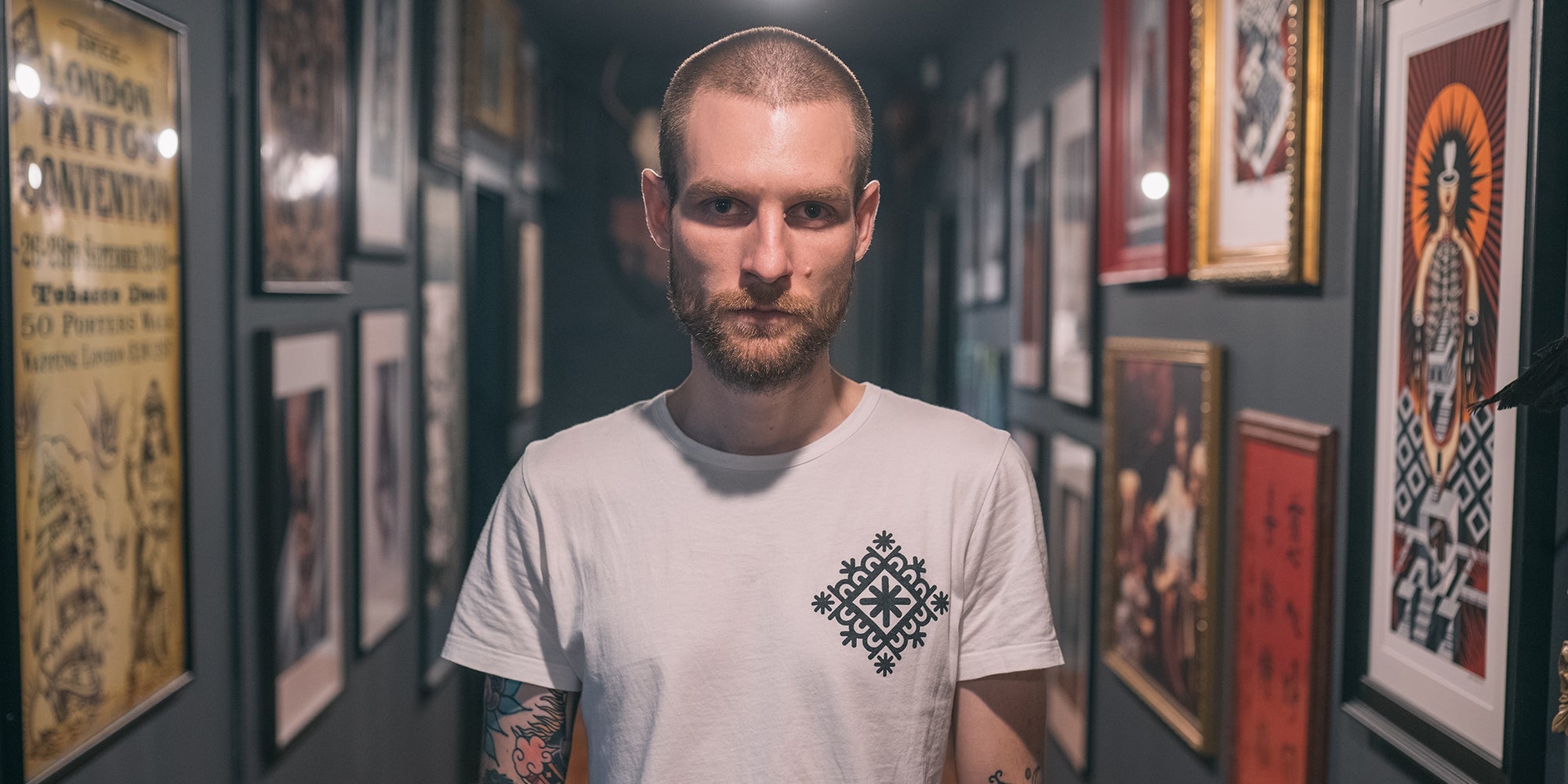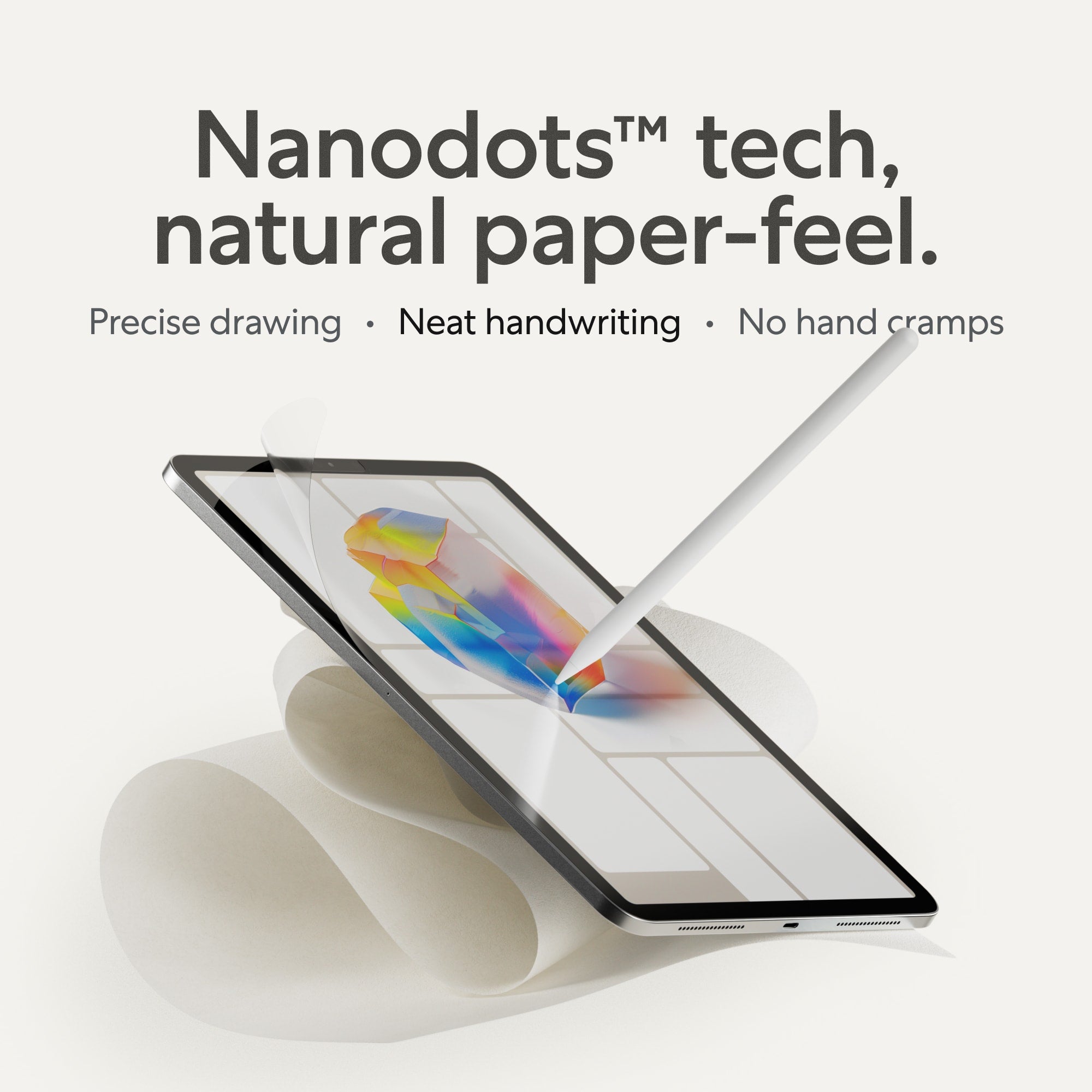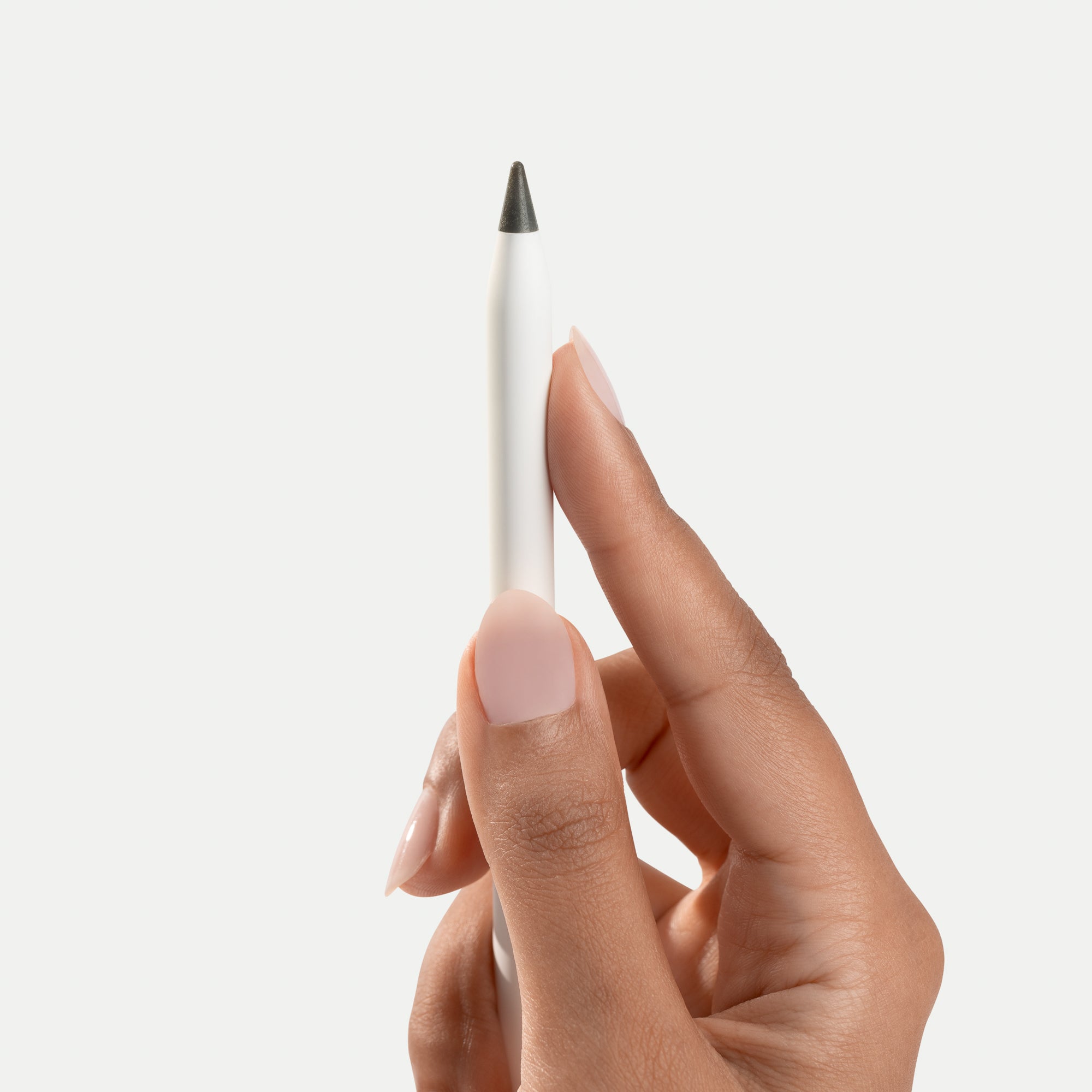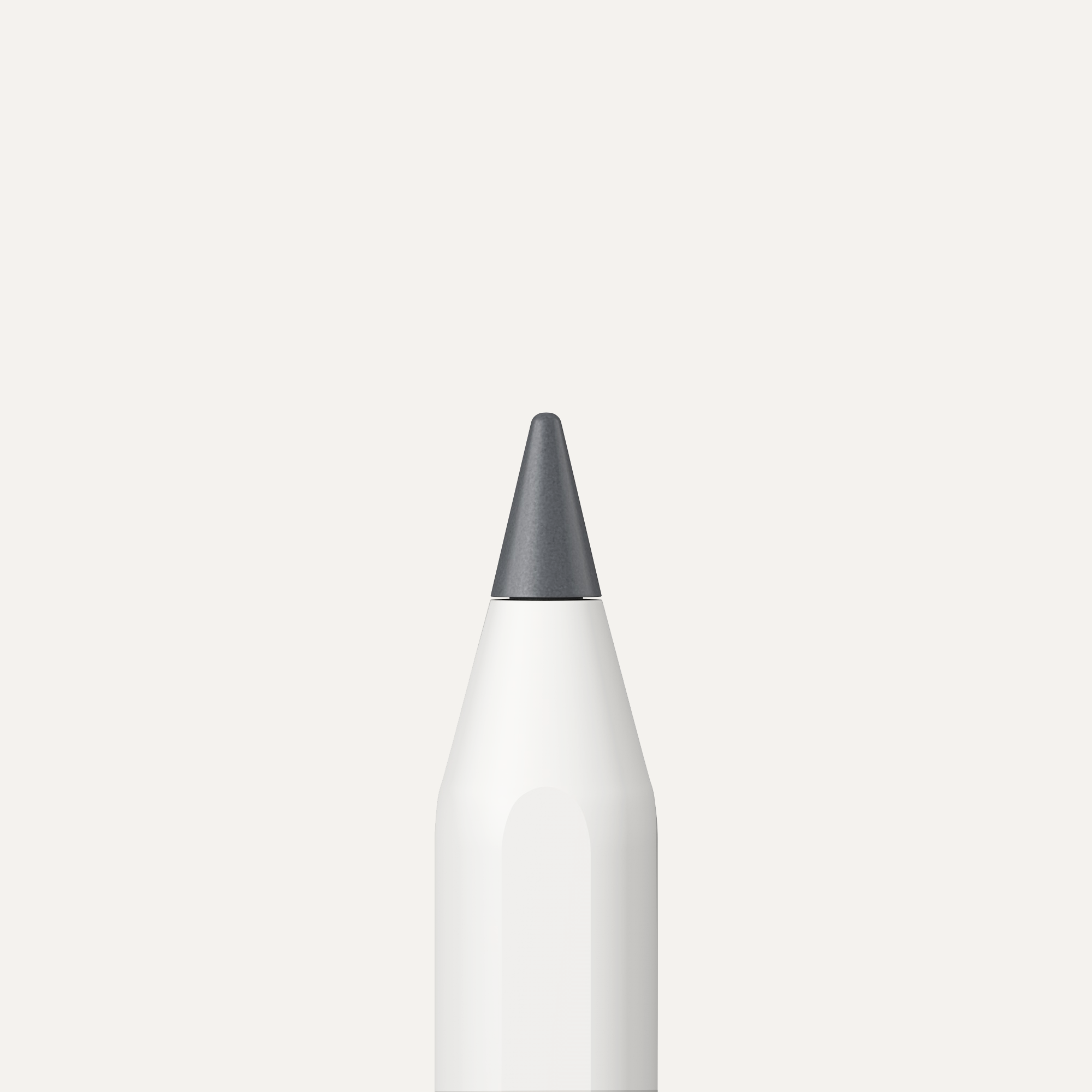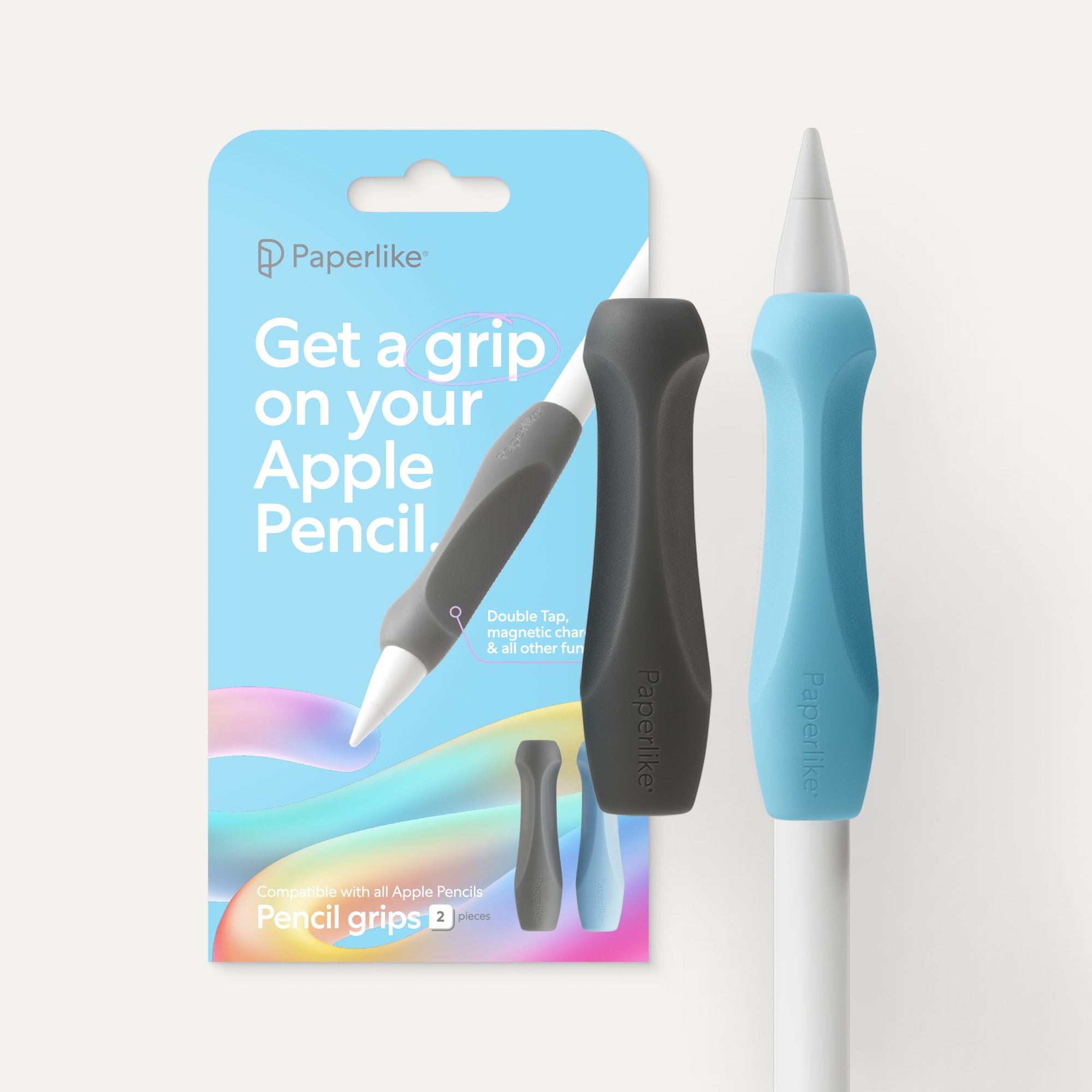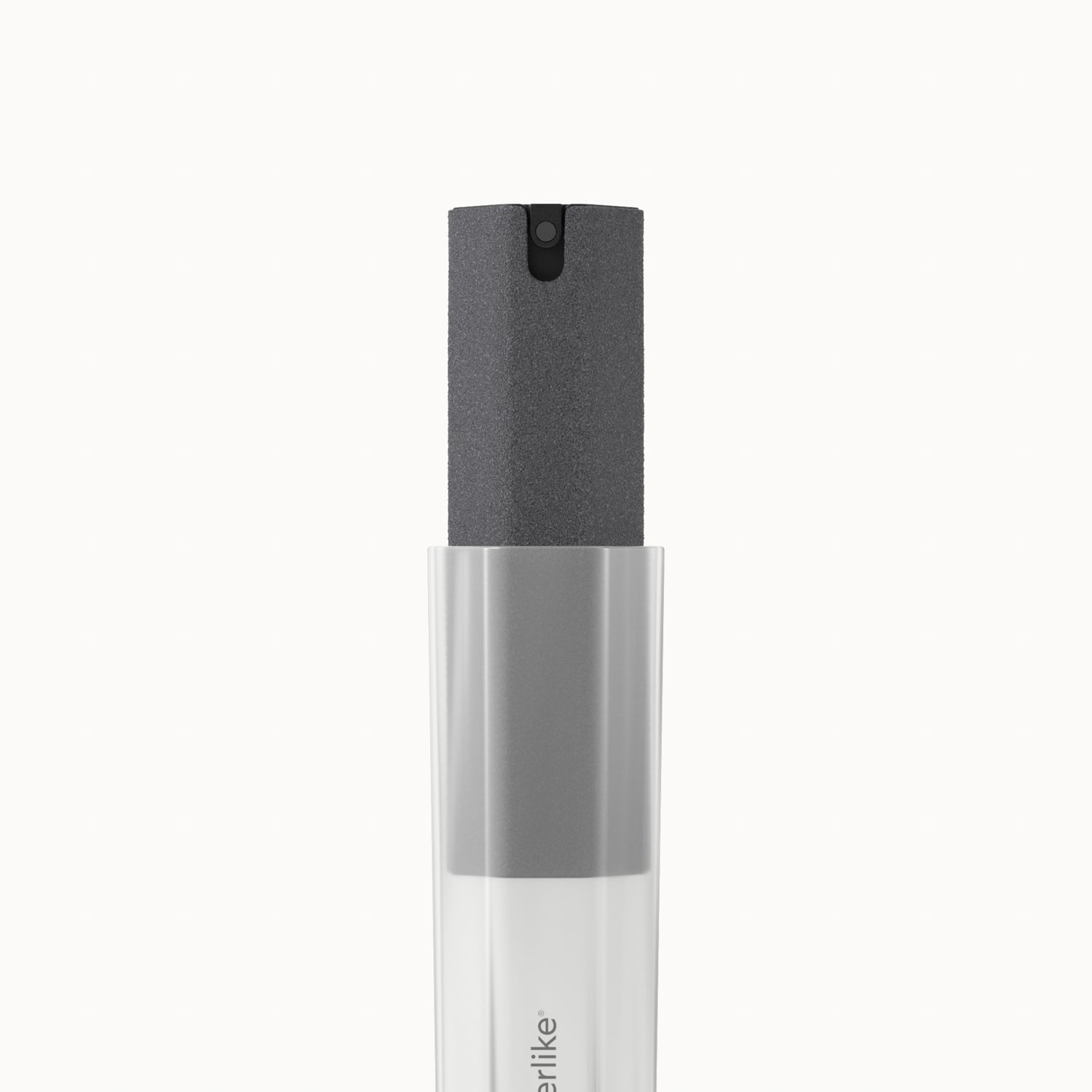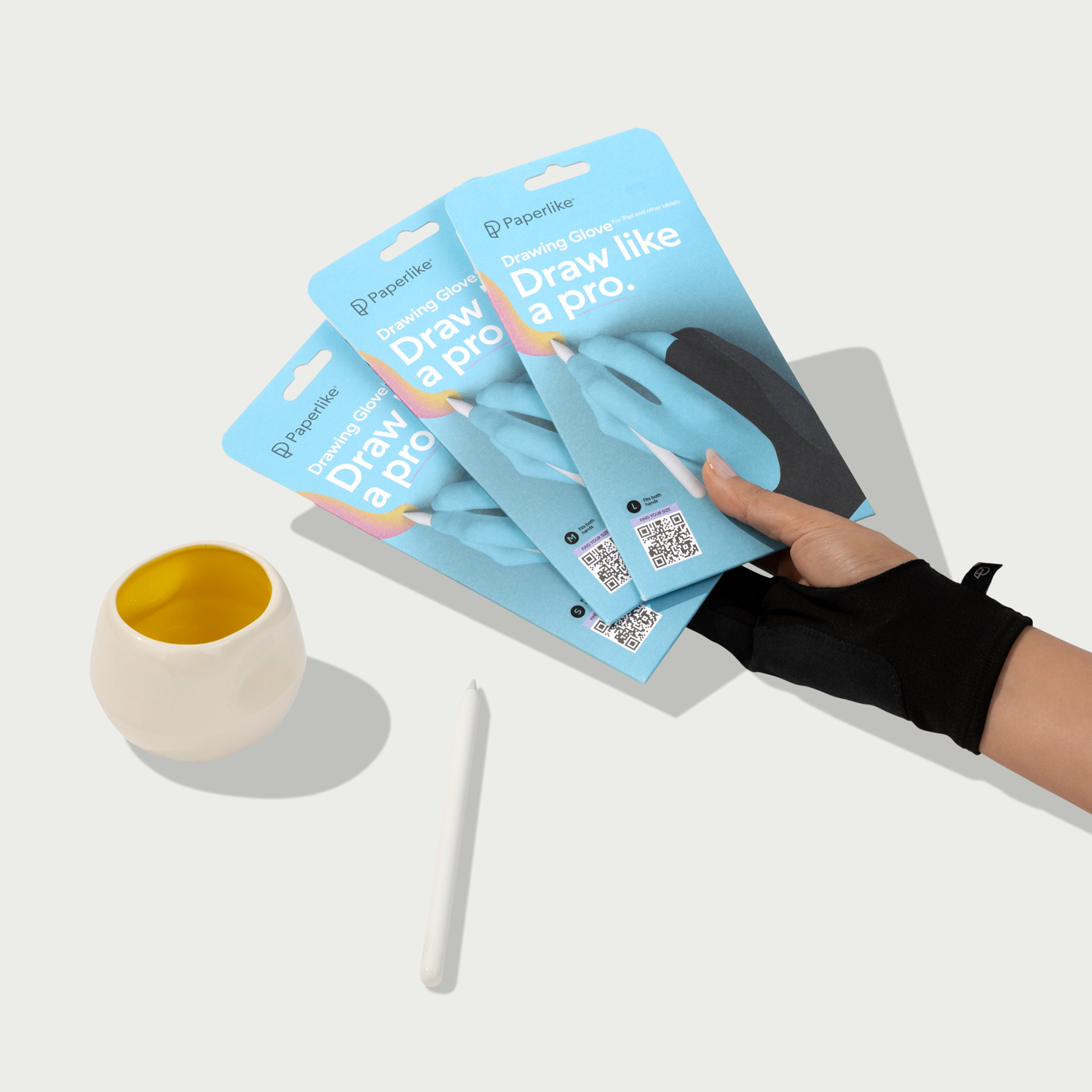Looking at Elora Pautrat’s artistic style for the first time, it’s easy to notice a few recurring themes.
The setting is, perhaps, the most obvious. Fanciful skylines and urban landscapes are standard fares for the UK-based artist and illustrator, but the rich pink and purples are unique to Elora’s incredible style. The consistency of the palette that her body of work shares equates to a kind of dreamlike simpatico.
It’s that remarkable consistency that adds a unique depth to her work, but Elora says that it’s more than that.

“It’s a form of therapy for me,” she explained. “Drawing these landscapes and using these pastel colors really calms down my anxiety and helps me refocus on myself.”
To Elora, art is more than lines and shapes. It’s about colors, emotion, serenity, and nostalgia. Perhaps most importantly, it’s something that connects her to her past and to the world around her.
And, for a woman raised in the French Alps who grew up with a healthy dose of Japanese culture, staying connected to so many influences at once is no small feat.
Mountains in the past
Elora describes her formative years in the Alps as a fixture in time that shaped her love of art and color, but she didn’t stumble into it on her own. She has her grandmother to thank for that.
“I think I really started to get into art after watching my grandmother paint,” Elora explained, “and from looking at my great grandfather’s paintings she has at her place. When I was watching her, all I wanted to do was to create as well.”

There were other influences, of course. Elora describes history as a big influencer on her artistic values because all of her history books were filled with artwork from prehistory, antiquity, and the Renaissance.
“My first artworks were actually recreations of the prehistoric murals I had in my books. I would just dip my hands into the mud and paint on some walls we had outside my house,” she said.
Her early artistic influences weren’t just limited to ancient murals and the masters of 19th-century Impressionism — though Elora still points to Monet and contemporary impressionist Erin Hanson as huge influences. Thanks to her parents’ interest in Asian culture, Elora grew up around Far East art and animation from an early age.

“I was instantly fascinated by their relationship with nature, spirits and forest gods,” Elora said. “Growing up surrounded by nature, I was amazed to see how important it was in Japan, especially on a spiritual level, which is not that common in Europe.”
Elora drew inspiration from far-reaching, often disconnected sources. Art styles made famous by wide field of artists, from Studio Ghibli and Moebius to Alphonse Mucha and Yoshitaka Amano, shaped her definition of art. Her love of Japanese culture eventually led her to split her time between Europe and Japan, one of the benefits from working as a professional artist.
But, even as a pro, Elora still finds some aspects of art to be a challenge. Despite the dreamlike tones that are indicative of Elora’s artwork (and the perks in her current role), her foray into artwork and personal branding is still something she’s trying to figure out.
Figuring out followers
Elora will be the first to say that she’s still figuring out the world of social media and art. While she’s thankful to have a day job which allows her to work on art during her free time, growing her own brand has been something of a challenge.

To be clear, the numbers are there. Elora estimates nearly 50,000 followers between all of her accounts, and that didn’t happen by accident.
Elora explains: “I have spent a lot of time on Twitter and Instagram updating everything, replying to people, and posting. It could almost be a full-time community manager job, and I’m still learning how to balance this with my job as an artist.”
In addition to her social presence, Elora also has an online shop and a Patreon page. The money she gets from those earnings goes back into her art so that she can buy the supplies that allow her to continue to experiment and grow.
In her current role, Elora also has the freedom to travel. That, she says, has been important for her artistic freedom. When she’s on the road, she tries to get outside as much as possible so that she can photograph references for her artwork.
“Architecture, textures, color combinations,” she said. “Everything is useful. I also work a lot. It works for me, but working all the time isn’t for everyone.”
On top of that, Elora is still trying to figure out her follower’s interests, tastes, and stylistic preferences. This has led to a downturn in what she feels comfortable posting through her popular social media channels because of how her followers might react.

“I often feel stuck in producing only one style of artwork because of my following now. I try to experiment with different things on different mediums but sometimes you don’t get the response you’d hope,” she said.
Instagram is a particular challenge because of the need for consistency within the feed. She sometimes deletes artwork or images she posts because they don’t go well when positioned next to another piece of work.
It’s a conundrum that she’s only now beginning to unravel, but she hopes to figure it out soon so that she can post artwork that might fall outside of the traditional style that she is typically known for.
Inspired, after hours
Like many artists, Elora’s creativity doesn’t stop at the end of the workday. She’s constantly sourcing new ideas from new and exciting things she comes across.

“It’s hard to really pin down what inspires me,” she said, “There are a lot of artists and art mediums, and I’m pretty much interested in everything.”
While she’s sometimes working on social media or experimenting with a new, artistic style, Elora says she’s always keeping an ear to the ground for feedback on her processes and techniques. It’s something that she recommends to other artists, regardless of medium or expertise.
But you have to be careful who you listen to.
“Listening to feedback is important, but never listen to the people who tell you that you can’t do this or that because ‘It’s too much,’ or because ‘You won’t land a job with this kind of art’,” she said. “I listened to those people while I was studying, and as soon as I got out of college, I found myself really frustrated not being able to work on what I really loved on in the style I wanted, to the point that I even stopped making any personal art!”
Elora’s solution was simple: Ignore those people.
That, she says, was the best decision she ever made because it brought confidence back into her work.

Even though Elora knows that she works a little too much and that she’s still trying to figure things out, the fact that she’s able to produce the kind of art she loves makes everything worthwhile at the end of the day.
You can find more of Elora’s artwork on her website, or on Twitter and Instagram, where she regularly posts personal artwork along with photos from her travels.


